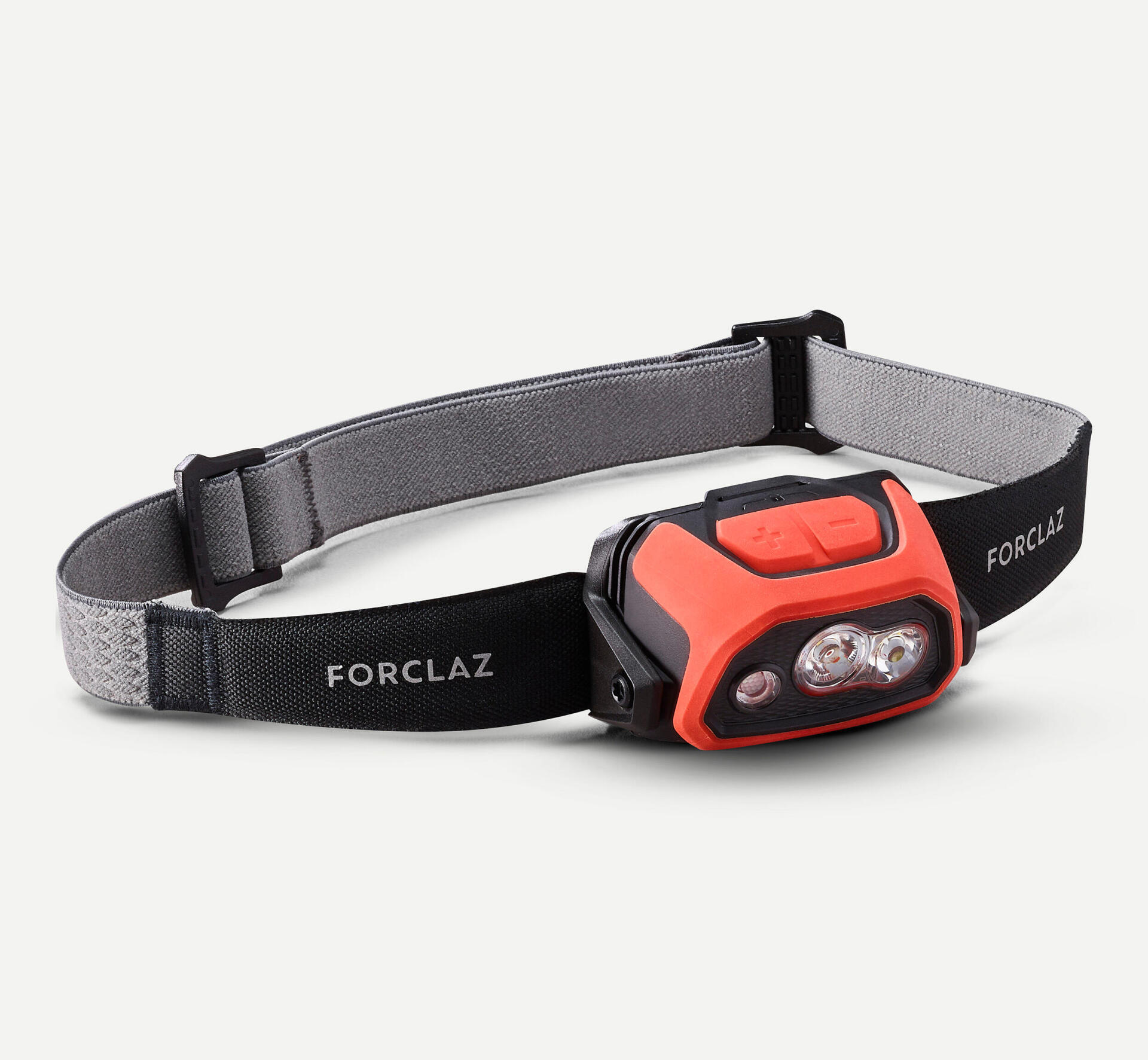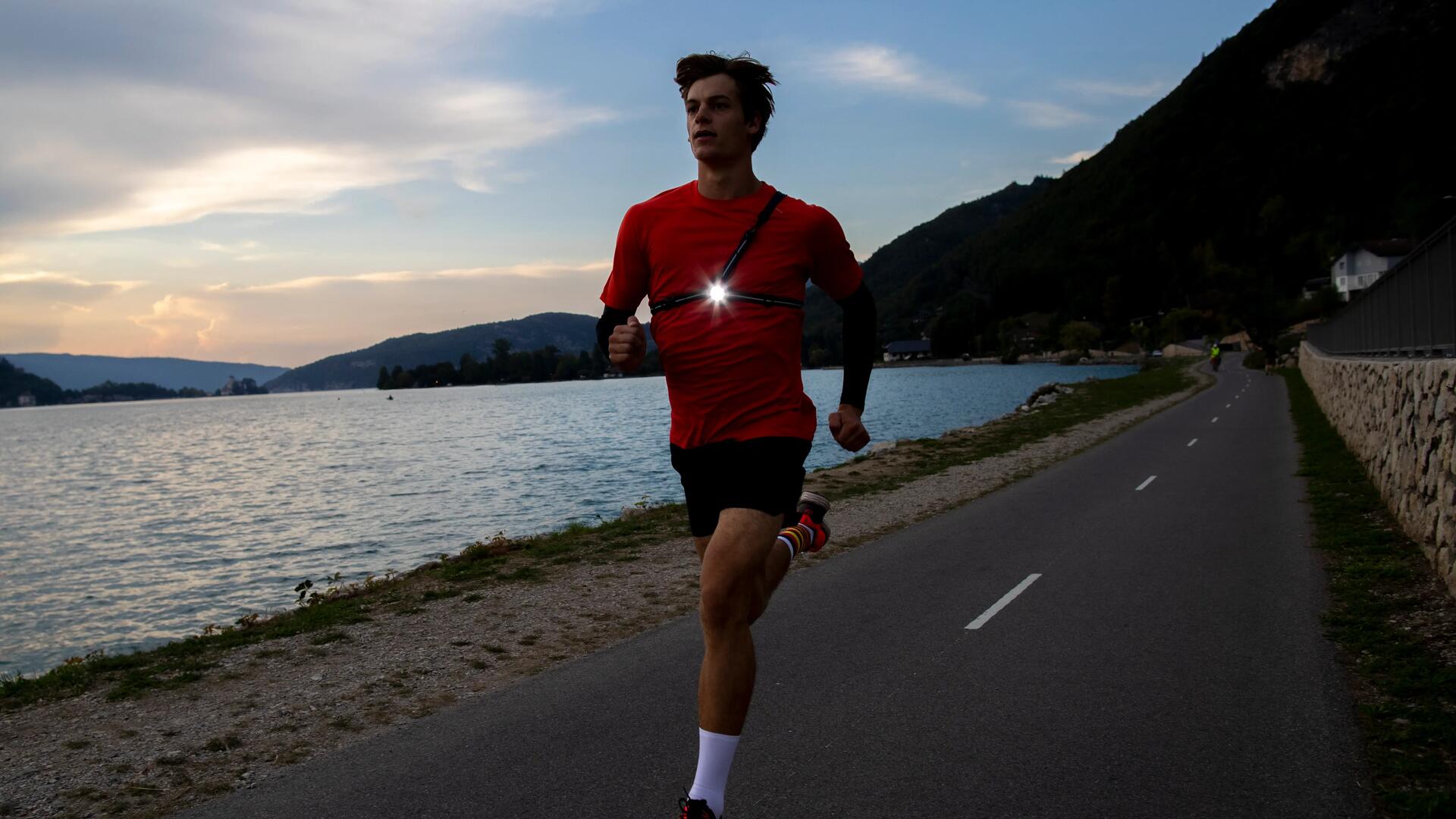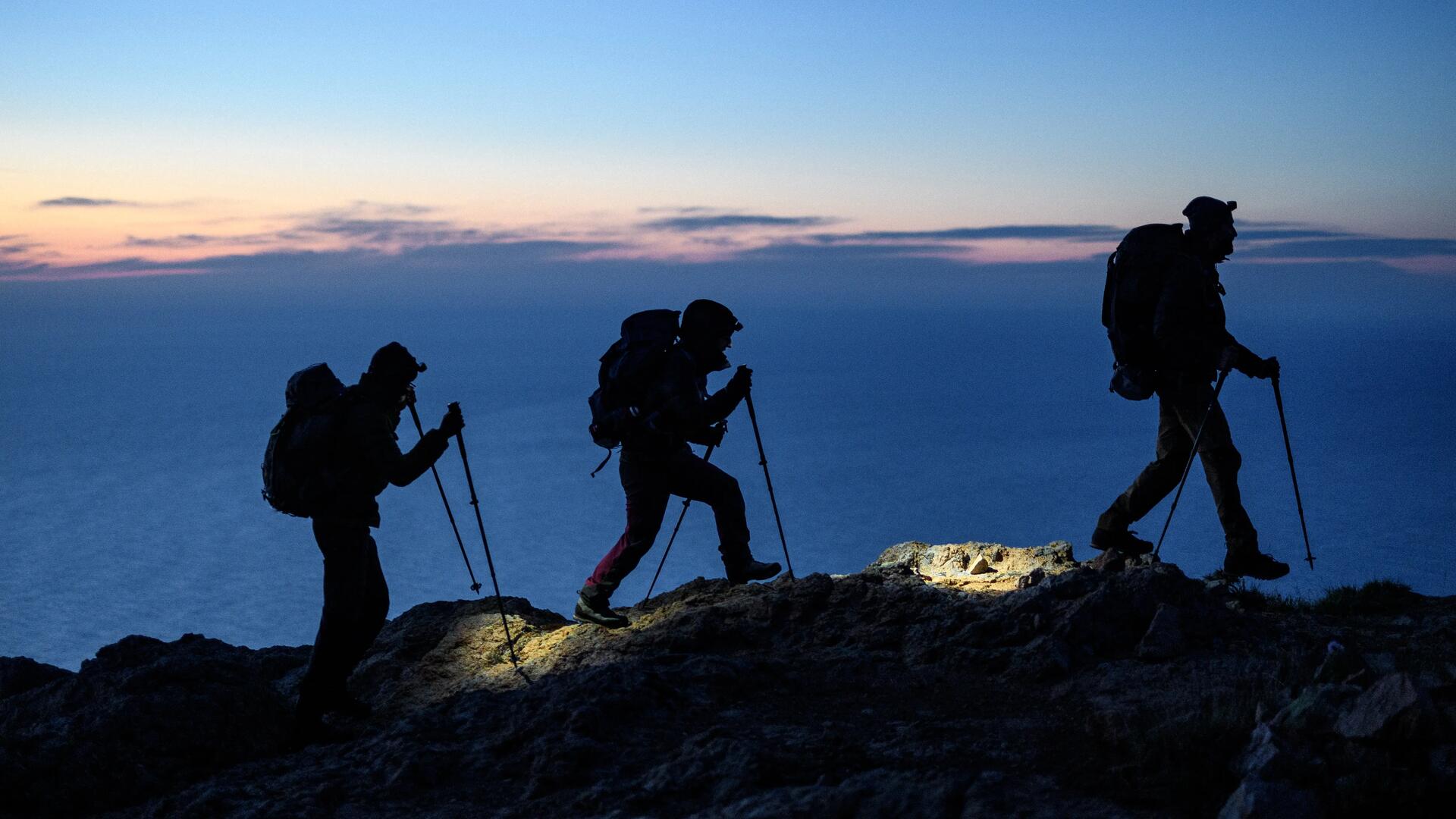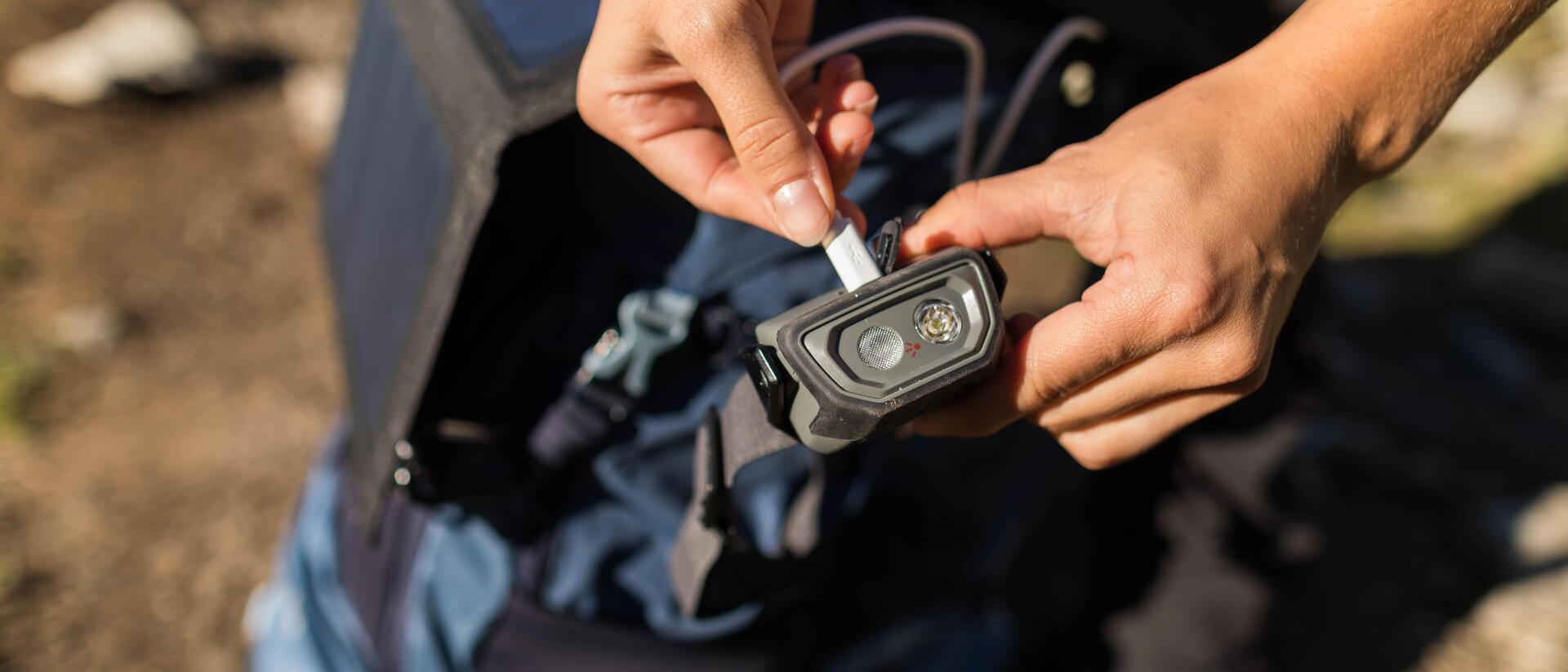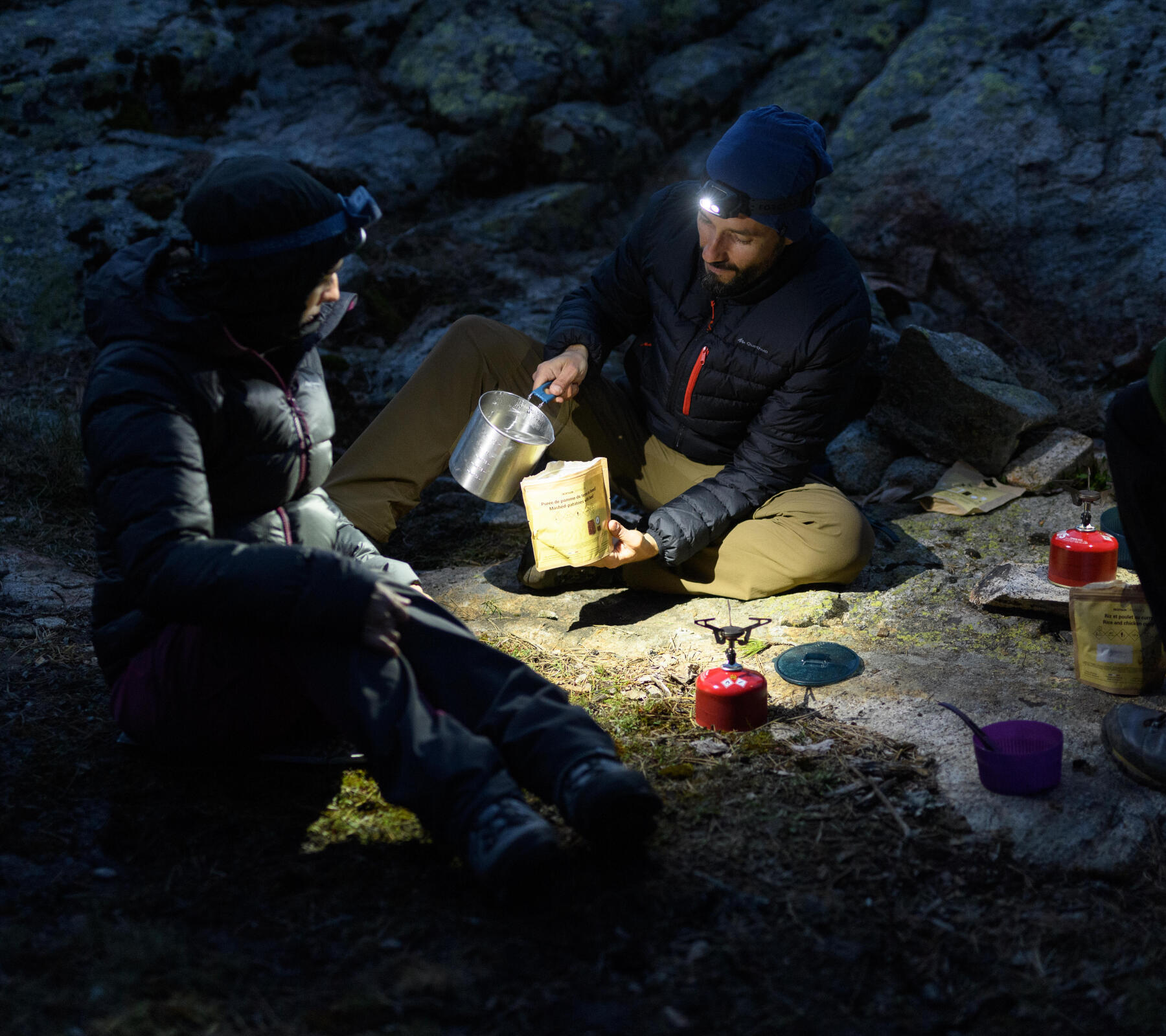THE HEADLAMP, THE ALLY FOR ALL SPORTS LOVERS OF NATURE
An essential tool for your night outings, the headlamp has conquered many sporting universes: cycling, camping, hiking, trekking, running, trail running, hunting, fishing and more...
Investing in a good headlamp is buying a versatile product that will be useful in many situations.
In fact, headlamps free your hands and automatically directs the beam of light by following the movement of the head, unlike torches, which appeal to campers, or chest lamps, developed specifically for running.
Choosing the best headlamp for your needs, on the other hand, can be very complex as there is a very wide offer on the market.
However, not all headlamps are designed the same depending on their use, and this choice also depends on your budget and preferences.
Here, we explain to you how to choose the headlamp that will offer the best need / price ratio for you!


